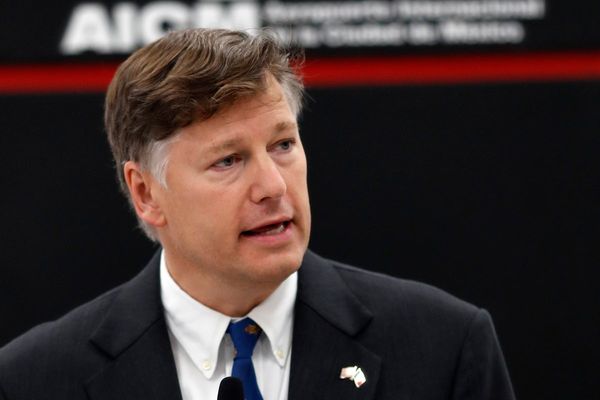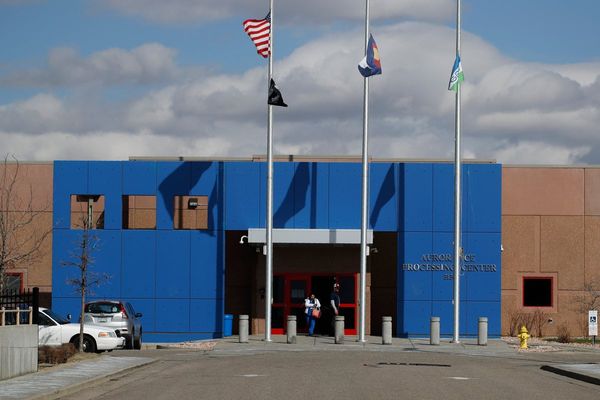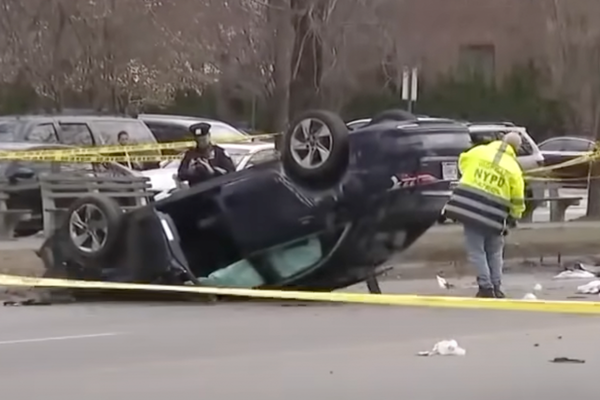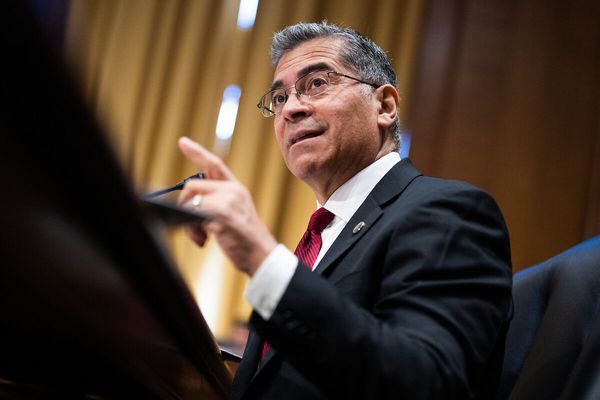
There’s no doubt Chicago’s retail corridors need a leg up — particularly those on the historically disinvested South and West sides — so in some respects we’re glad to see the city’s new $2.7 million effort to put pop-up businesses in vacant storefronts.
The money goes to 15 community organizations across the city. The groups will work out short-term leases with building landlords and help business owners open establishments such as pop-up shops, art galleries and indoor farmers markets in the currently empty retail spaces.
The organizations will be getting between $50,000 and $300,000 each. The grants were announced last week by Mayor Brandon Johnson and the Chicago Department of Business Affairs and Consumer Protection.
“Small businesses are essential components of thriving communities,” Mayor Brandon Johnson said in a statement. “We need to invest in our small businesses to generate economic activity, and the Small Business Storefront Activation Program will bring to life storefronts across the city and much-needed economic stimulus to business corridors in historically disinvested communities.”
Perhaps, but $2.7 million is a drop in the bucket compared to the need.
City Hall said the funding will “boost local spending and draw additional foot traffic to commercial corridors,” according to the release.
The grants will target areas including downtown’s Michigan Avenue, Chinatown, Garfield Park, Pilsen, Humboldt Park, Uptown, West Loop, Lake View and Chatham.
The cash comes from Chicago Recovery Plan funds designed to help the city bounce back from the COVID-19 crisis.
“I think this program is not just about filling empty spaces, it’s about rekindling the lively spirit that Chinatown is renowned for,” Jiaxi Clayton Xu, community manager of the Coalition for a Better Chinese American Community, said in a statement.
Measures like these are certainly needed. Many of the affected areas, already in trouble, have been further waylaid in recent years by the rise of online shopping, the pandemic continuing to keep shoppers off the streets, and, frankly, fears of crime.
The result is hollowed-out storefronts that threaten a neighborhood’s viability and cast a pall over entire areas of the city.
But while the program’s intent is good, the funding is severely lacking, especially when spread across 15 communities.
We’d like to see the amount increased, or at least paired with other funding programs and tax incentives in a way that creates a capital stack great enough to create real change. And the Johnson administration ought to work on forging strong partnerships with business interests who can advise participants in these types of recovery efforts, for long-term impact.
All of this is pretty long march. And while it’s good to see the city’s effort take a step in that direction, there’s a lot more that needs to be done.
Send letters to letters@suntimes.com







